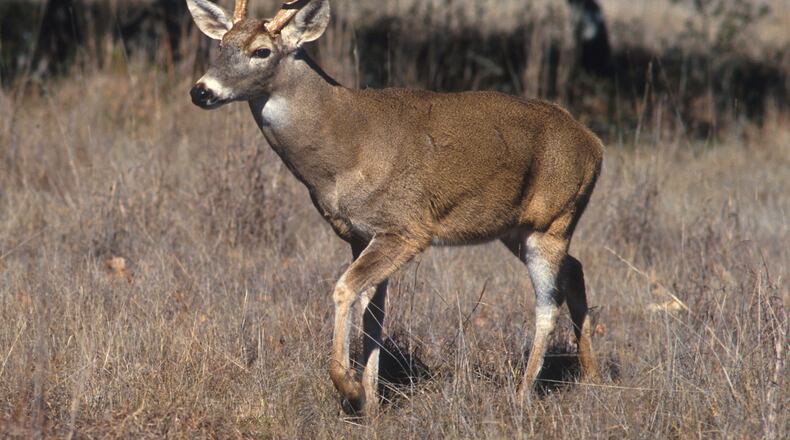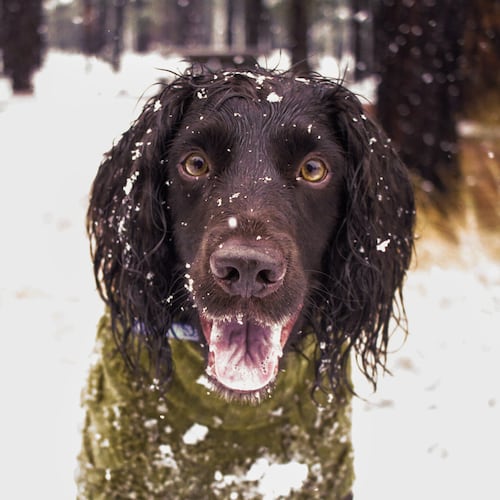The days are shorter and colder now — winter is only three weeks away — prompting us to turn up thermostats and build fires in the fireplace to stay warm and cozy.
Wild creatures, though, have no such options to ward off winter’s chill. Even so, wildlife over eons of time have developed their own strategies to survive cold weather. In general, nature provides three basic ways to help wild creatures make it through winter — migration, insulation and hibernation (or variations of it).
Like many humans who go to Florida and other warm climes to escape cold weather, a lot of birds travel south to avoid plunging temperatures. For instance, dozens of Georgia’s bird species — warblers, tanagers, ruby throated hummingbirds — that nested here during summer migrate to Latin America in autumn to spend winter in the tropics.
Many mammals that stay active all winter in Georgia add extra layers of fat and fur — like humans donning heavy coats and jackets — to withstand frigid temperatures. Beginning in early fall, for example, white-tailed deer begin shedding their thin, reddish-brown summer coats and replacing them with thick, grayish-brown coats of winter — as much as six times deeper and thicker than the summer coats. Every hair in their winter coats is hollow and holds an insulating layer of air to retain body heat.
Although hibernation is a well-known term associated with winter survival, very few Georgia animals — mostly bats, groundhogs and chipmunks — truly hibernate. During hibernation, animals go into a deep sleep and rarely wake up until days get longer and warmer.
Hibernation is often associated with bears, but Georgia’s black bears don’t truly hibernate like their northern counterparts do. Instead, many of Georgia’s bears go into a state of torpor, which is similar to hibernation but a lighter sleeping state: The animals will quickly wake up if they sense danger. Black bears in the semitropical Okefenokee Swamp in South Georgia may not hibernate at all but roam around all winter long.
IN THE SKY: From David Dundee, Tellus Science Museum astronomer. The moon will be new on Sunday, Dec. 1, and thus not visible. But look for a thin crescent moon in the west on Monday evening. Mercury and Venus are low in the west just after sunset. Mars rises in the east at about midnight. Just after dark, Jupiter rises in the east and Saturn is in the south.
Charles Seabrook can be reached at charles.seabrook@yahoo.com.
About the Author
Keep Reading
The Latest
Featured


